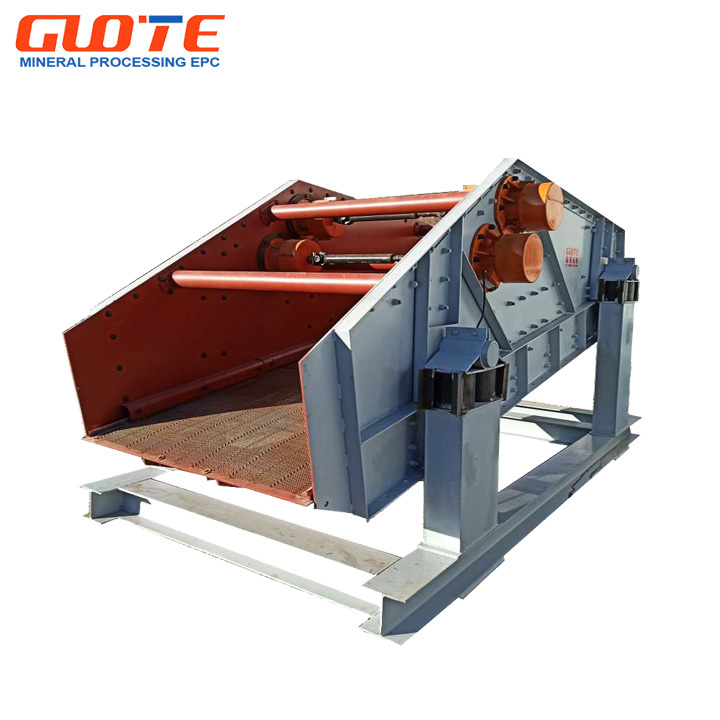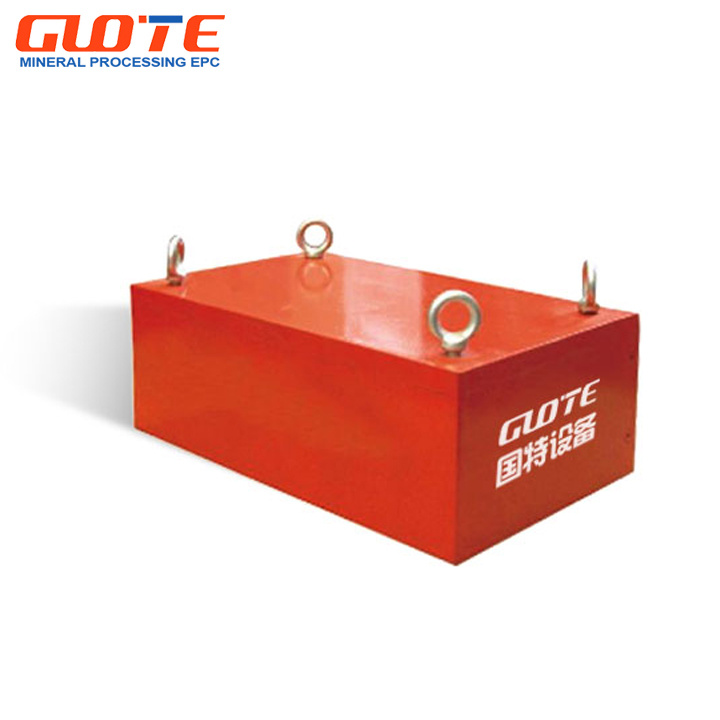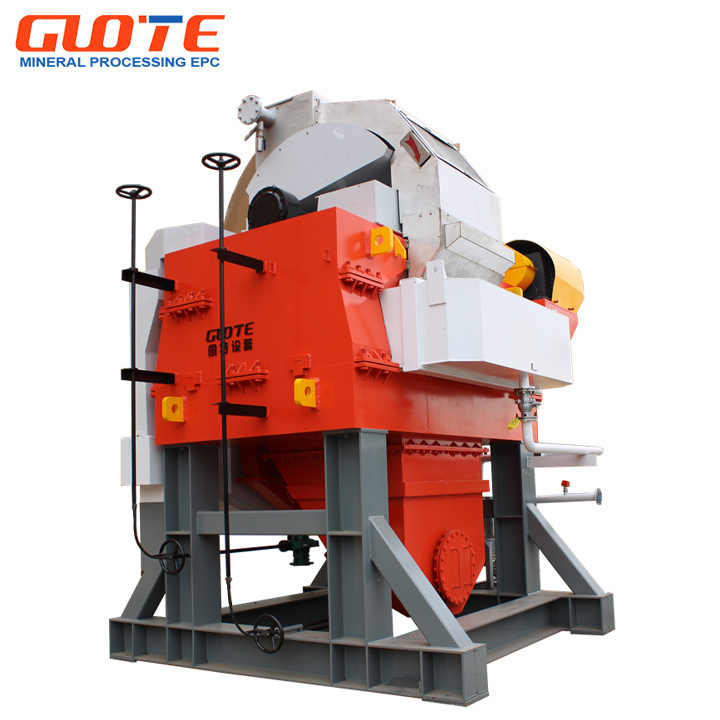Unlocking the Potential of Quality Iron Ore Processing Lines
Quality iron ore processing lines play a crucial role in the manufacturing and processing machinery sector, particularly in transforming raw iron ore into usable materials for various applications. The process of iron ore processing involves several steps, each designed to enhance the quality and efficiency of the final product. Understanding these processes can provide valuable insights for businesses looking to optimize their operations.
The first stage in a quality iron ore processing line is the extraction of iron ore from the mines. This ore is often mixed with impurities, which must be removed to produce high-quality iron. Techniques like crushing and grinding are typically employed to break down the ore and separate the desired iron content from waste materials. Advanced machinery is essential in this step, as it ensures that the ore is processed efficiently while maximizing yield.
Once the ore has been crushed, it undergoes various separation techniques. Magnetic separation and flotation are common methods used to isolate iron particles from other materials. Quality iron ore processing lines utilize specialized equipment that enhances these separation processes, leading to a higher concentration of iron in the final product. The effectiveness of these methods is vital for producing iron that meets industry standards.
After separation, the concentrated iron ore is often subjected to further processing, including pelletizing or sintering. Pelletizing involves forming iron ore pellets, which are easier to transport and can be used in steelmaking. Sintering, on the other hand, is a process that fuses iron particles together to produce a more solid form. Both methods are critical in ensuring that the final product is of superior quality and ready for further industrial applications.
Quality control is another essential aspect of iron ore processing lines. Implementing rigorous testing and monitoring systems throughout the processing stages ensures that the iron produced meets specific quality standards. This not only guarantees the integrity of the product but also enhances the overall efficiency of the production process.
In conclusion, investing in a quality iron ore processing line is vital for businesses within the manufacturing and processing machinery industry. By adopting advanced techniques and equipment, companies can optimize their production processes, producing high-quality iron that meets market demands. With an increasingly competitive landscape, understanding the intricacies of iron ore processing can provide a significant advantage in enhancing operational efficiencies and achieving sustainability goals. Embracing these methodologies can pave the way for innovation and growth in the industry.
The first stage in a quality iron ore processing line is the extraction of iron ore from the mines. This ore is often mixed with impurities, which must be removed to produce high-quality iron. Techniques like crushing and grinding are typically employed to break down the ore and separate the desired iron content from waste materials. Advanced machinery is essential in this step, as it ensures that the ore is processed efficiently while maximizing yield.
Once the ore has been crushed, it undergoes various separation techniques. Magnetic separation and flotation are common methods used to isolate iron particles from other materials. Quality iron ore processing lines utilize specialized equipment that enhances these separation processes, leading to a higher concentration of iron in the final product. The effectiveness of these methods is vital for producing iron that meets industry standards.
After separation, the concentrated iron ore is often subjected to further processing, including pelletizing or sintering. Pelletizing involves forming iron ore pellets, which are easier to transport and can be used in steelmaking. Sintering, on the other hand, is a process that fuses iron particles together to produce a more solid form. Both methods are critical in ensuring that the final product is of superior quality and ready for further industrial applications.
Quality control is another essential aspect of iron ore processing lines. Implementing rigorous testing and monitoring systems throughout the processing stages ensures that the iron produced meets specific quality standards. This not only guarantees the integrity of the product but also enhances the overall efficiency of the production process.
In conclusion, investing in a quality iron ore processing line is vital for businesses within the manufacturing and processing machinery industry. By adopting advanced techniques and equipment, companies can optimize their production processes, producing high-quality iron that meets market demands. With an increasingly competitive landscape, understanding the intricacies of iron ore processing can provide a significant advantage in enhancing operational efficiencies and achieving sustainability goals. Embracing these methodologies can pave the way for innovation and growth in the industry.
quality Iron ore processing line
Previous Page
Previous Page
Related Products
Related News






